Display all 12 images
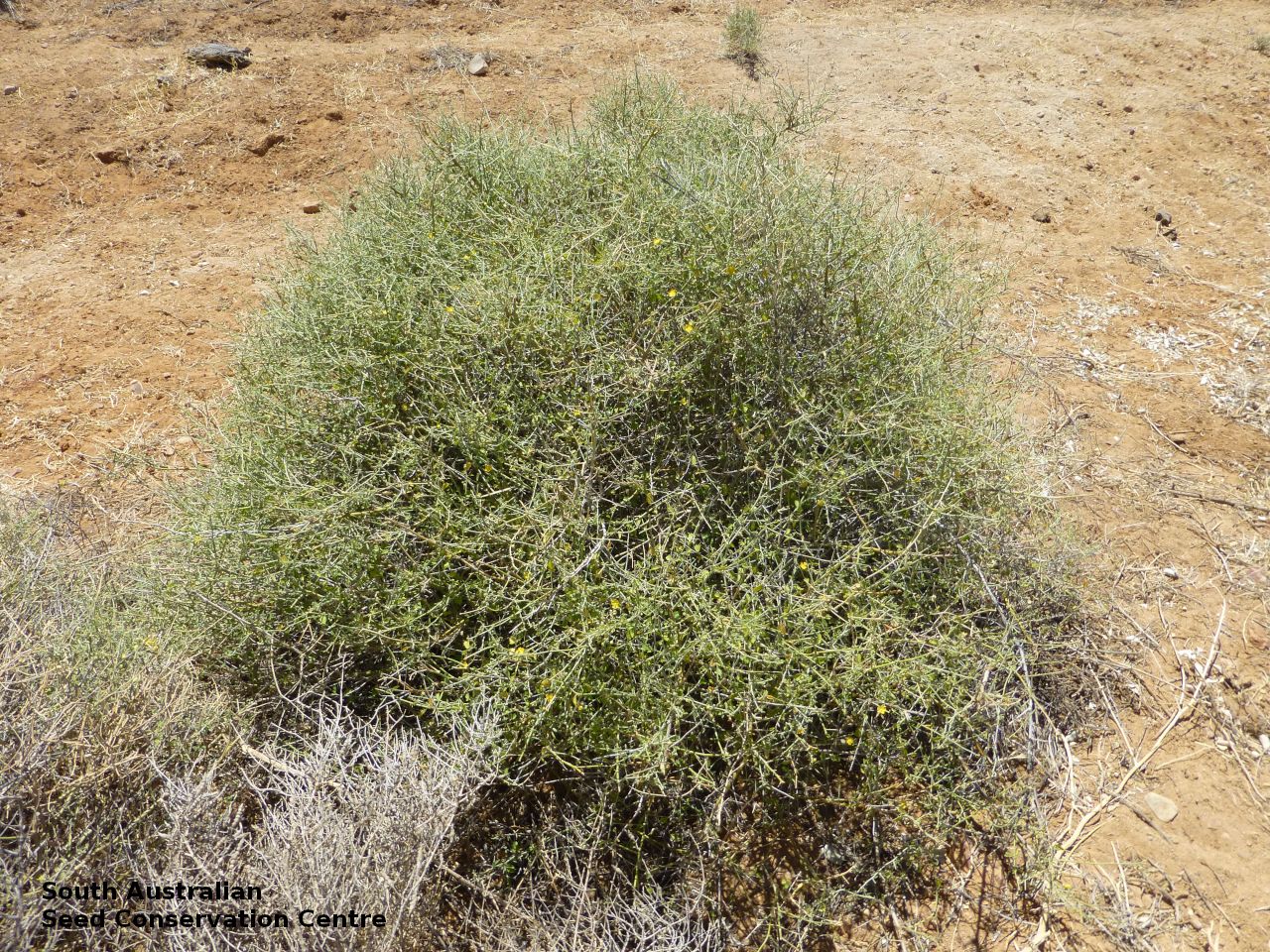
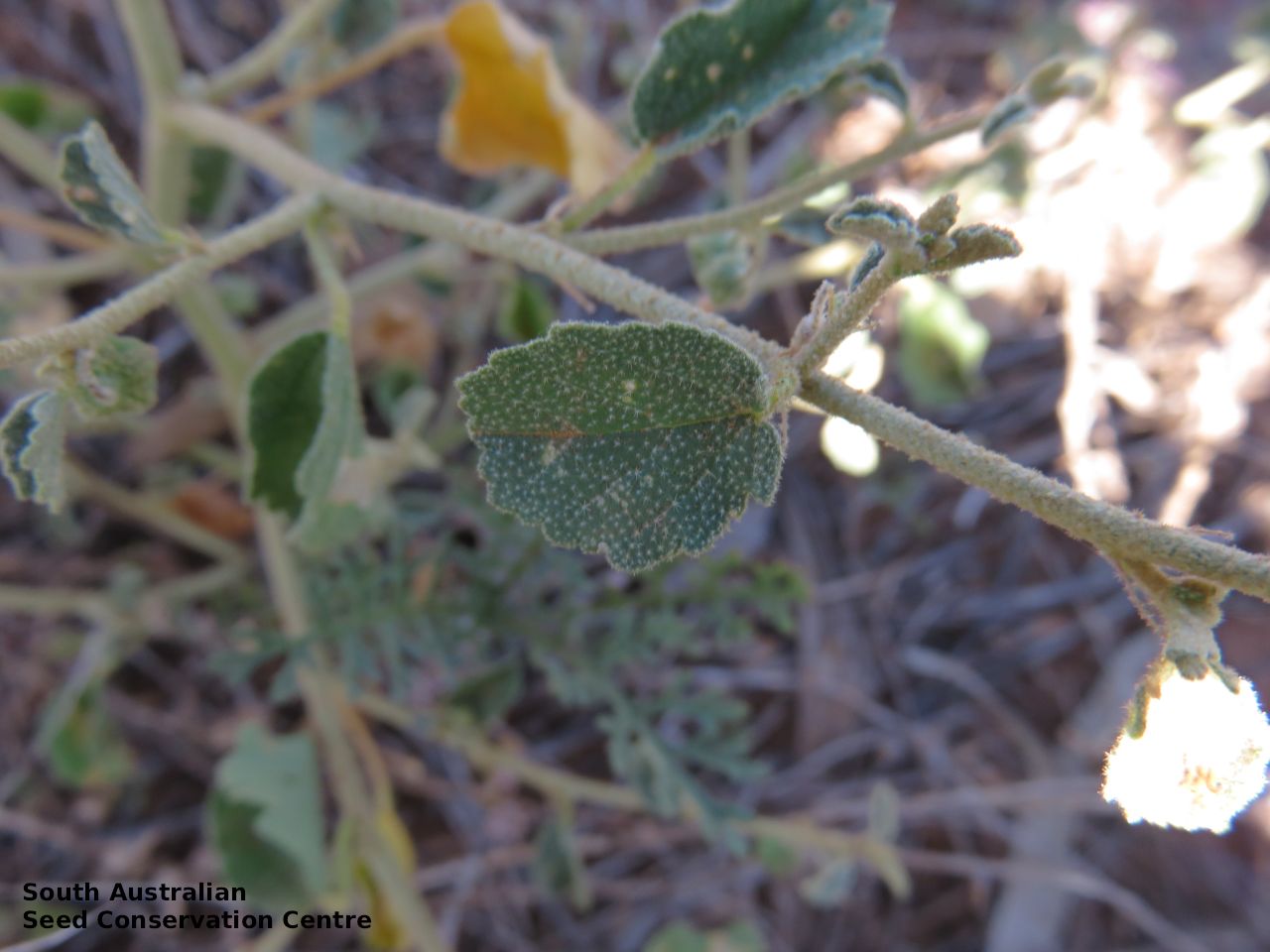
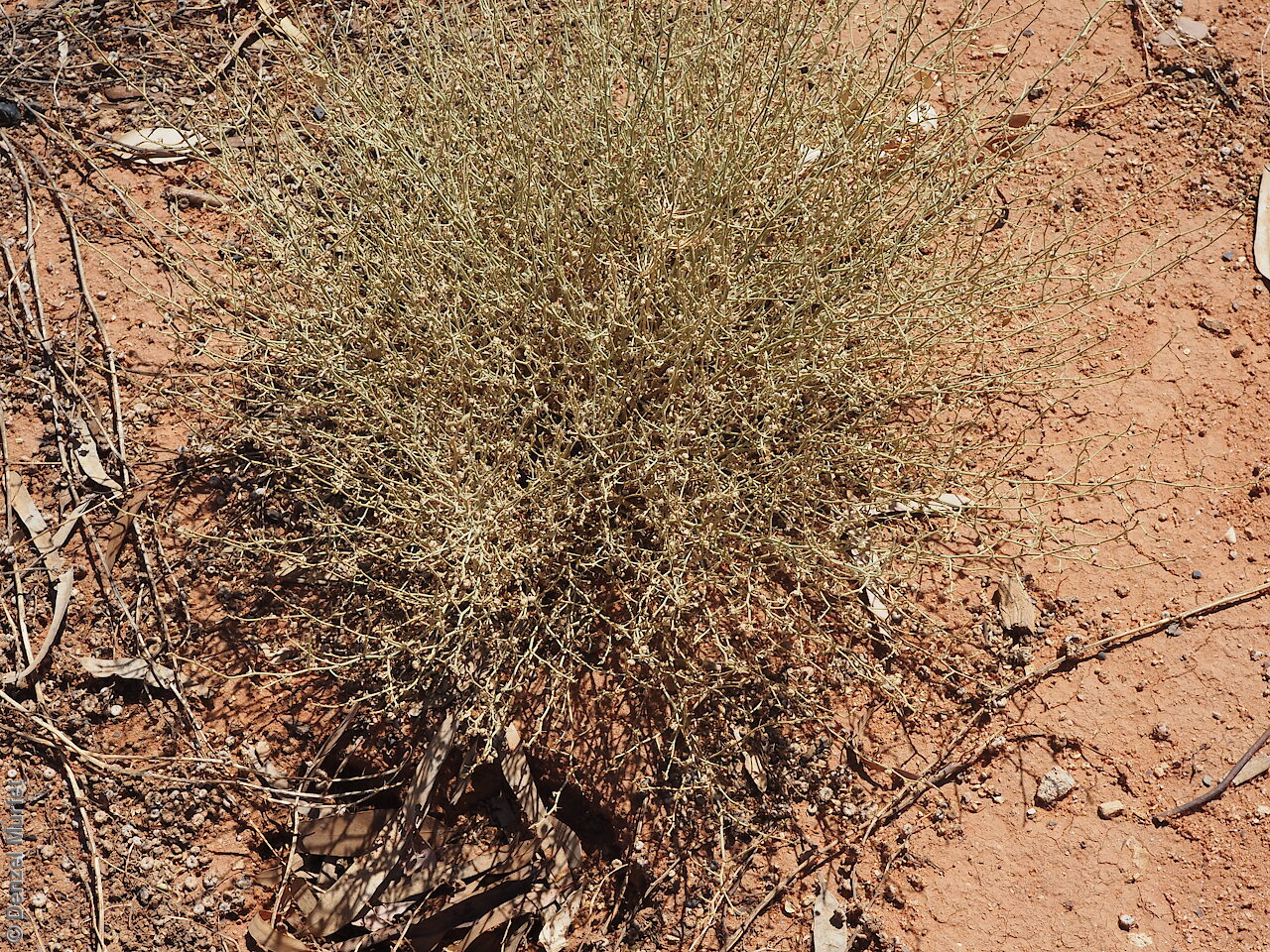

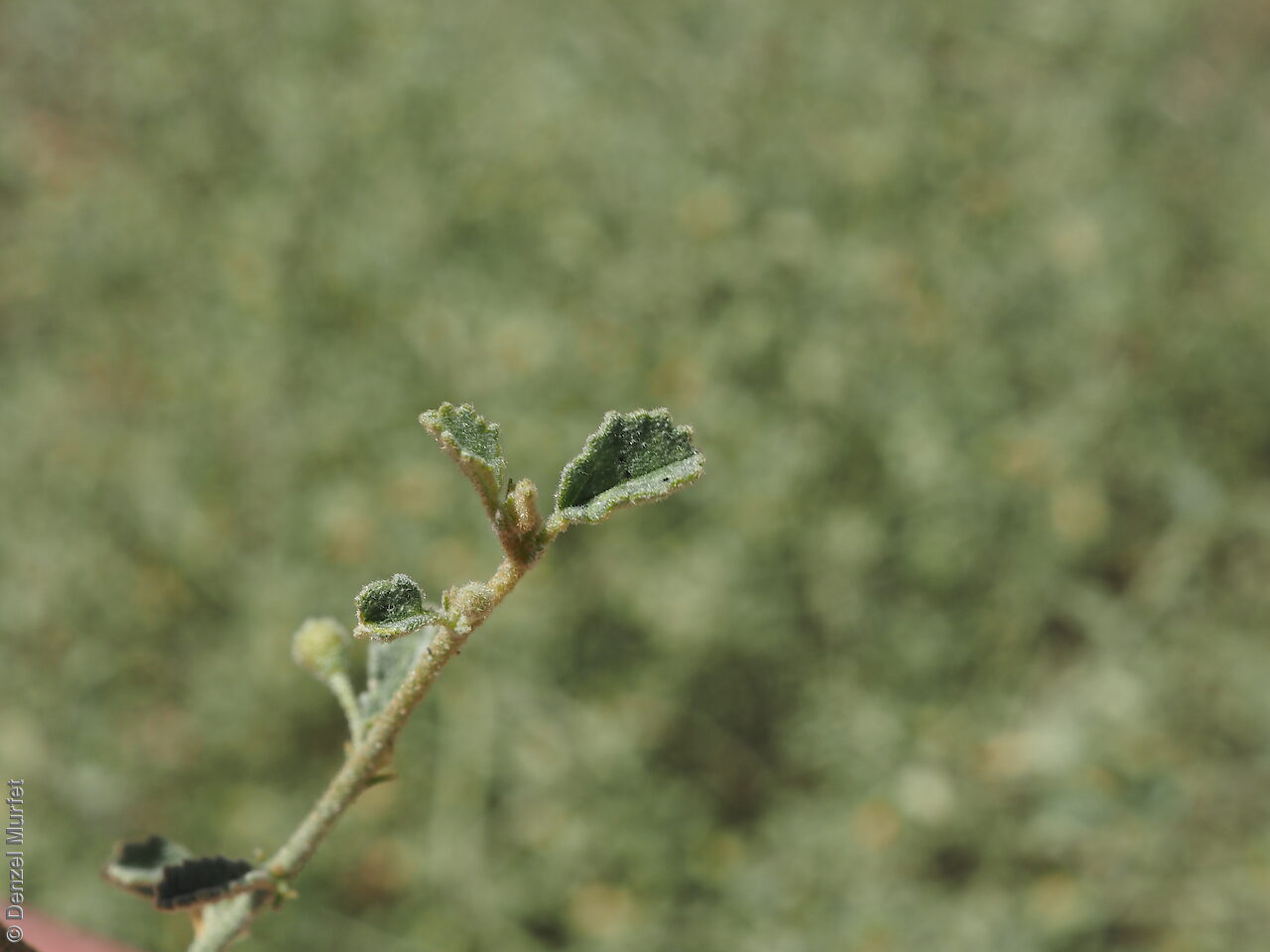
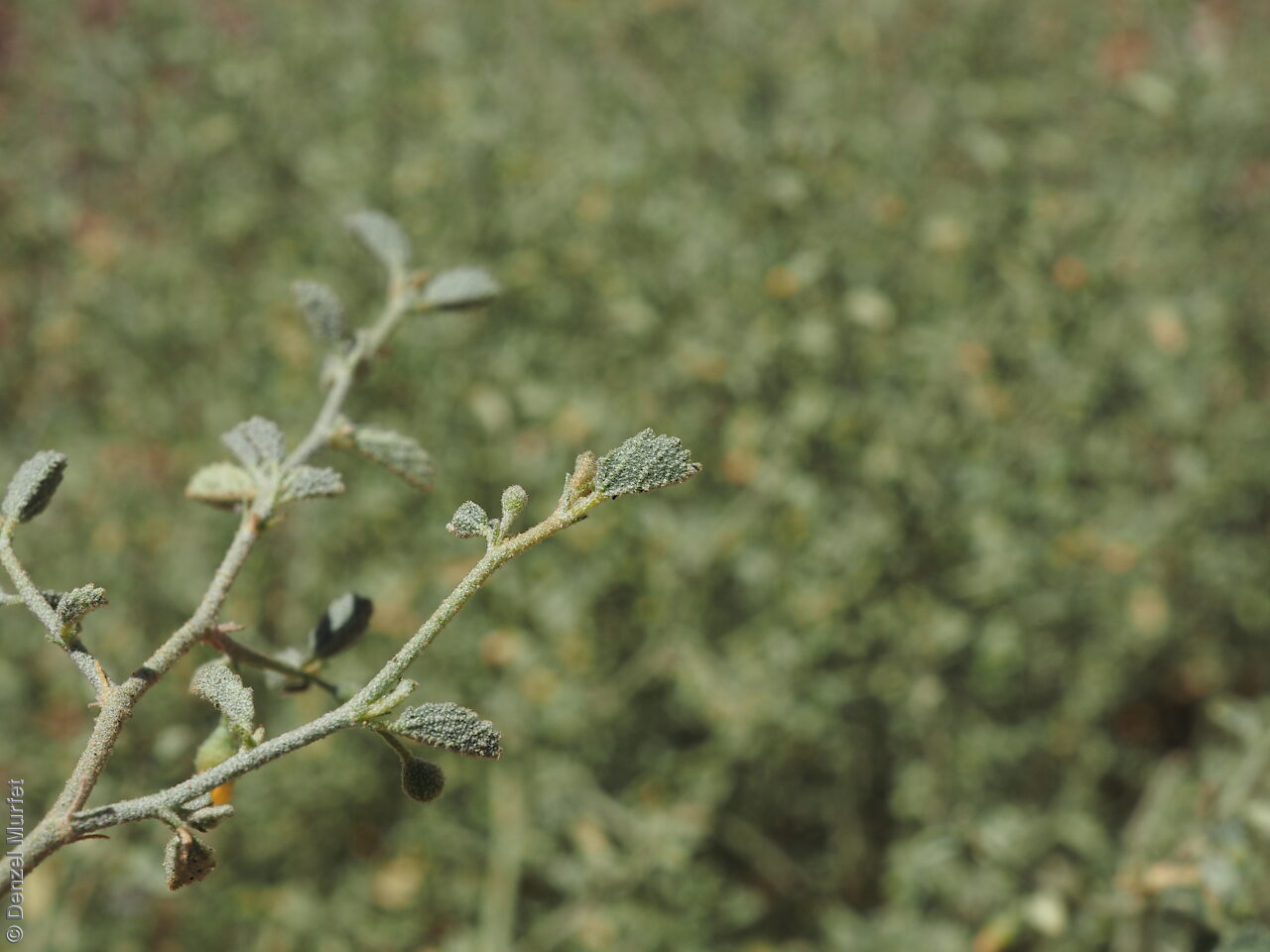
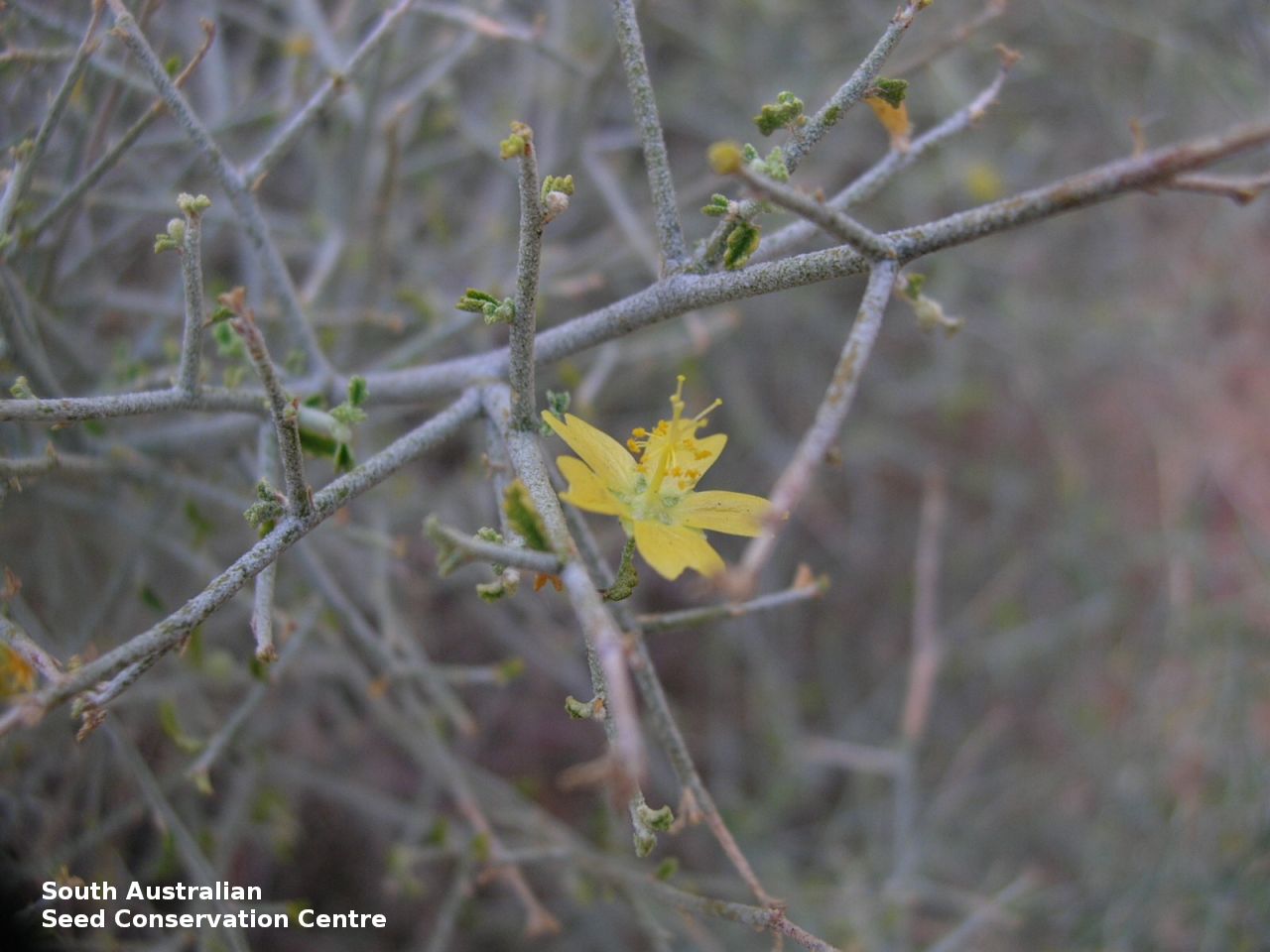
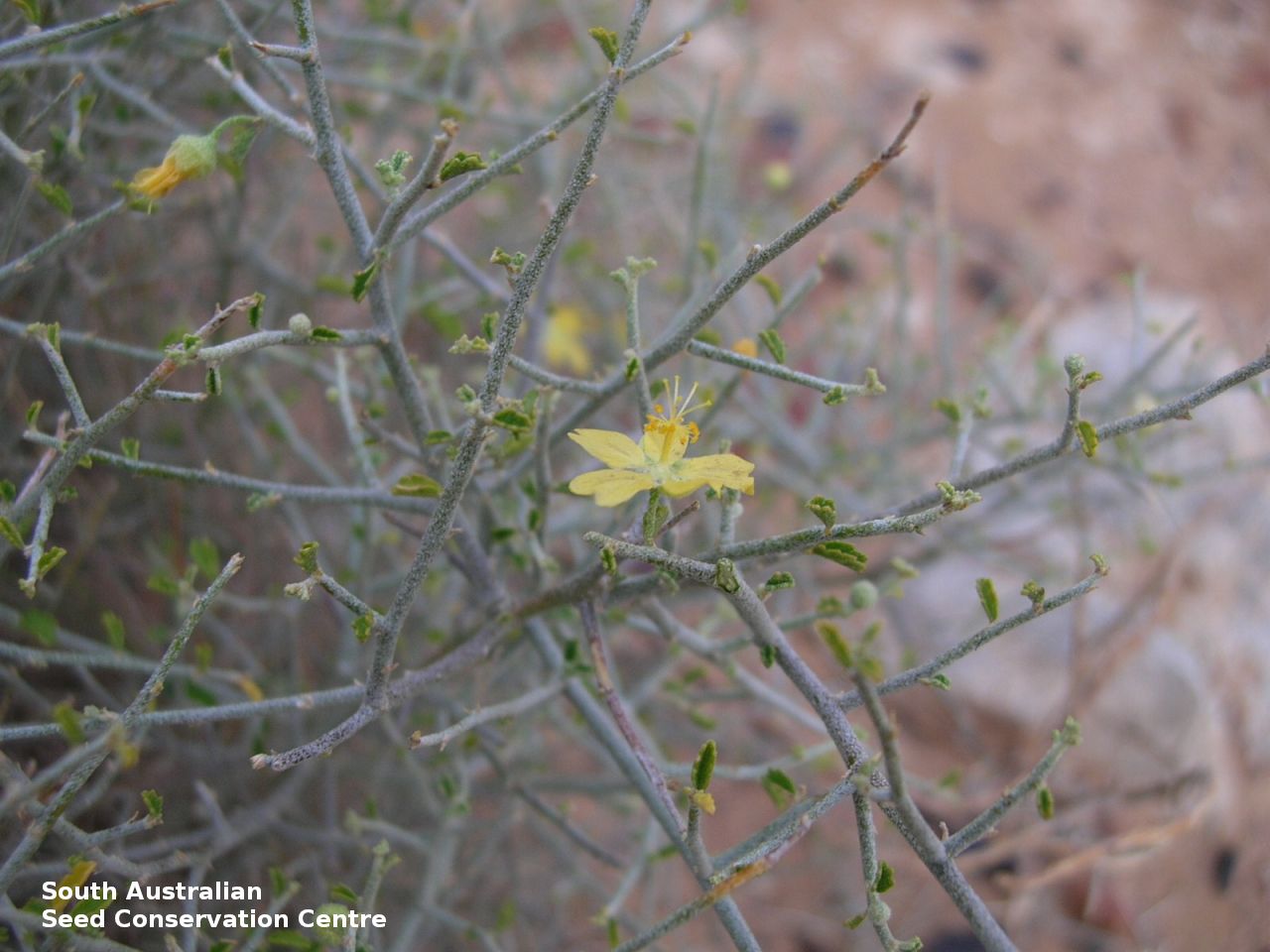
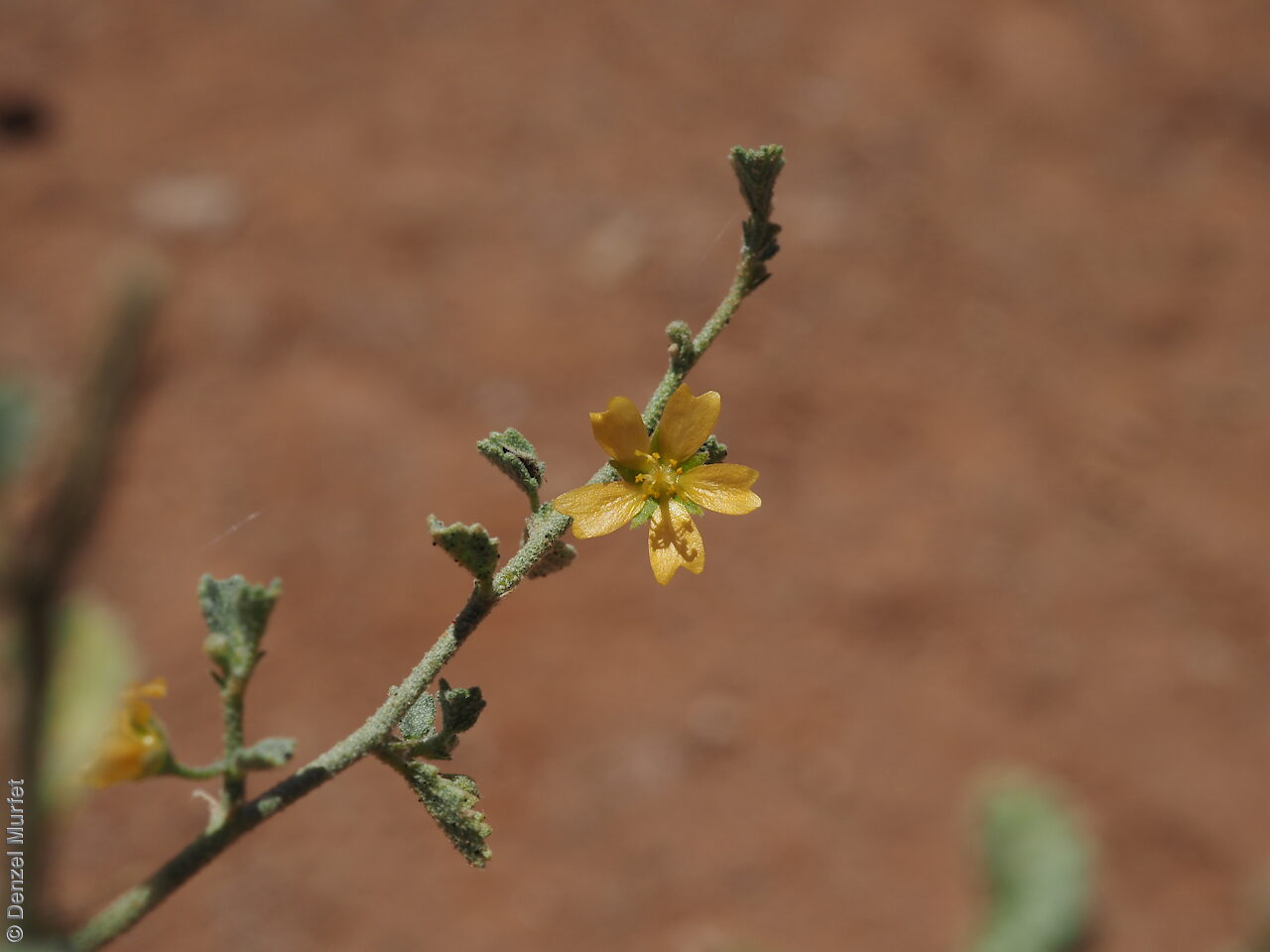
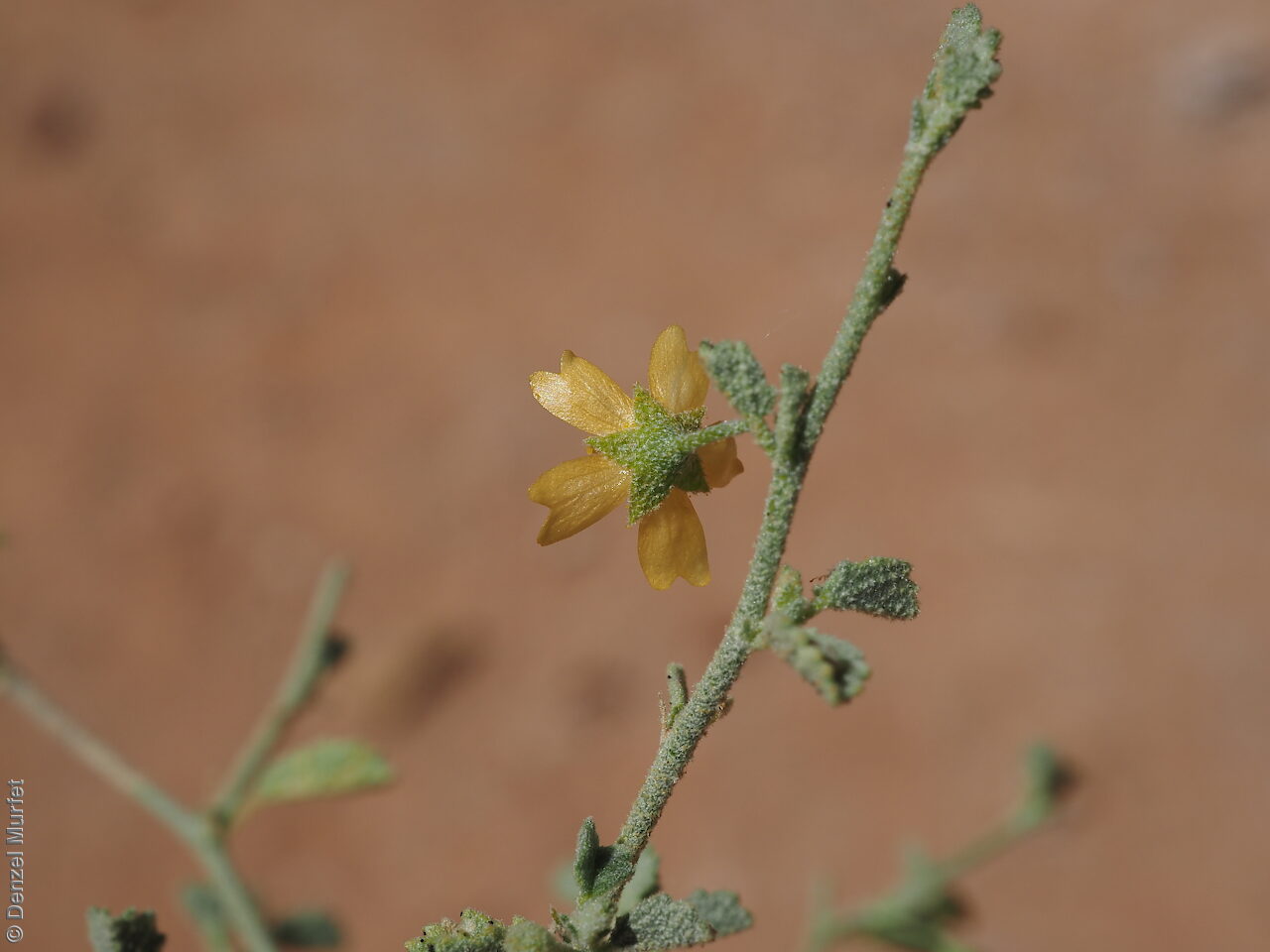
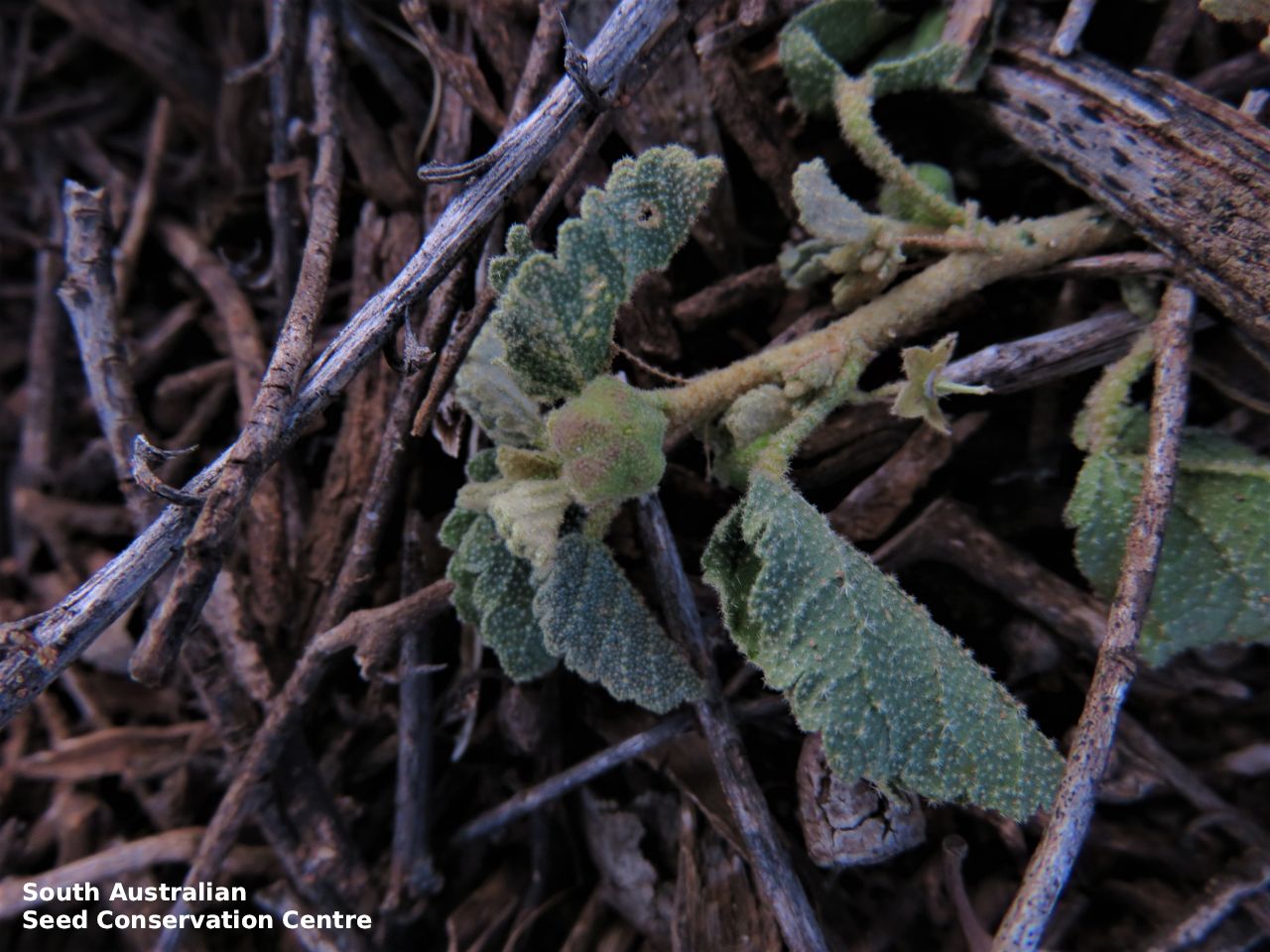
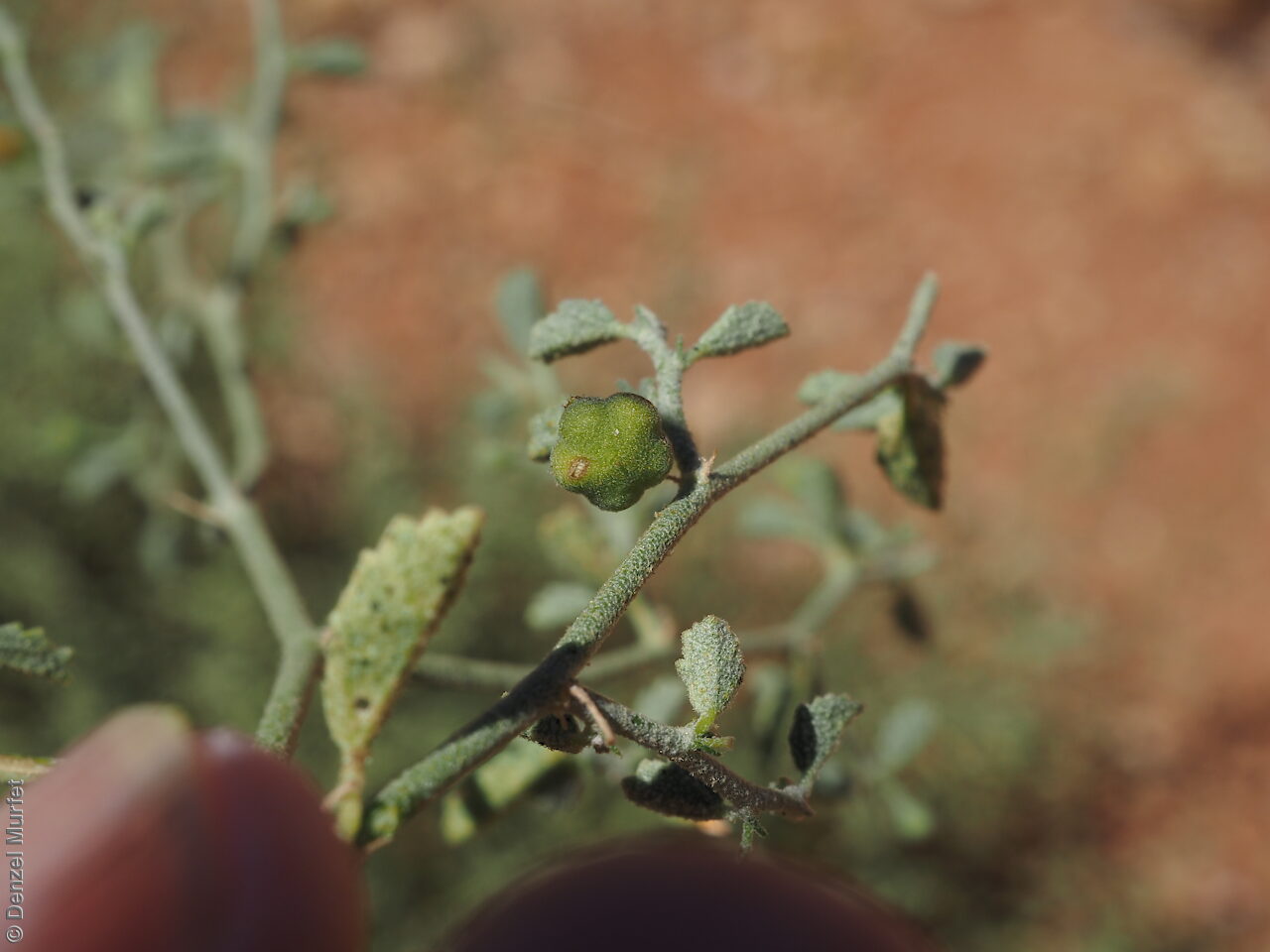
Regional Species Conservation Assessments per IBRA subregion.

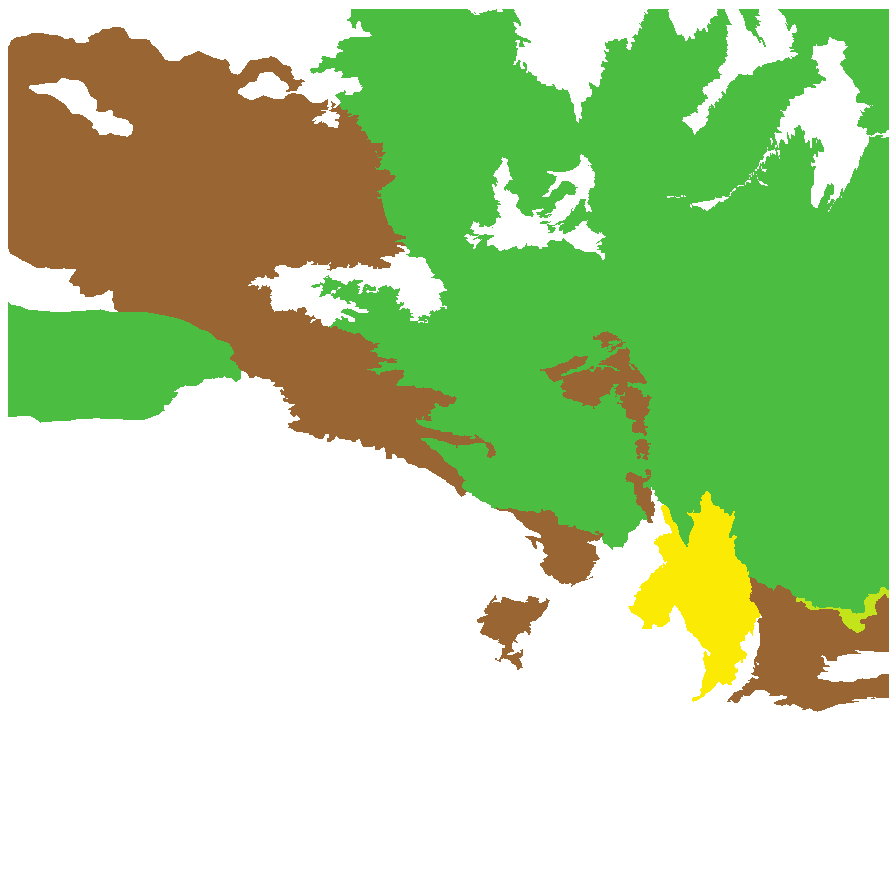
Least concern
Near threatened
Rare
Vulnerable
Endangered
Critically endangered
Extinct
Data deficient
Adelaide
Arkaroola
Ceduna
Coober Pedy
Hawker
Innamincka
Marla
Marree
Mount Gambier
Oodnadatta
Renmark
Wudinna
Keith
Yunta
Display IBRA region text
| Mount Lofty Ranges (FLB01) | Flinders Lofty Block | Vulnerable (IUCN: VU B2ab(i,ii,iii); D2) (Probable Decline) |
| Broughton (FLB02) | | Vulnerable (IUCN: VU B2ab(i,ii,iii)) (Probable Decline) |
| Olary Spur (FLB03) | | Least Concern |
| Southern Flinders (FLB04) | | Least Concern |
| Northern Flinders (FLB05) | | Least Concern |
| Central Flinders (FLB06) | | Least Concern |
| St Vincent (EYB02) | Eyre Yorke Block | Vulnerable (IUCN: VU B2ab(i,ii,iii)) (Probable Decline) |
| Eyre Hills (EYB03) | | Rare (IUCN: RA d(ii)) [southern limit] |
| South Olary Plain (MDD01) | Murray Darling Depression | Least Concern |
| Murray Mallee (MDD02) | | Rare (IUCN: RA d(i,ii)) [restricted to northern area] |
| Braemer (MDD07) | | Least Concern |
| Murray Scroll Belt (RIV06) | Riverina | Near Threatened |
| Myall Plains (GAW01) | Gawler | Least Concern |
| Gawler Volcanics (GAW02) | | Least Concern |
| Gawler Lakes (GAW03) | | Least Concern |
| Arcoona Plateau (GAW04) | | Rare (IUCN: RA d(ii)) |
| Kingoonya (GAW05) | | Least Concern |
| Torrens (GAW06) | | Least Concern |
| Roxby (GAW07) | | Least Concern |
| Maralinga (GVD03) | Great Victoria Desert | Rare (IUCN: RA d(ii)) |
| Kintore (GVD04) | | Rare (IUCN: RA d(i,ii)) [edge of range] |
| Tallaringa (GVD05) | | Rare (IUCN: RA d(i,ii)) [edge of range] |
| Yellabinna (GVD06) | | Rare (IUCN: RA d(ii)) |
| Nullarbor Plain (NUL02) | Nullarbor | Least Concern |
| Barrier Range (BHC01) | Broken Hill Complex | Least Concern |
| Barrier Range Outwash (BHC04) | | Least Concern |
| Bimbowrie (BHC05) | | Least Concern |
| Curnamona (BHC06) | | Least Concern |
| Dieri (SSD03) | Simpson Strzelecki Dunefields | Least Concern |
| Strzelecki Desert (SSD05) | | Least Concern |
| Breakaways (STP01) | Stony Plains | Least Concern |
| Oodnadatta (STP02) | | Least Concern |
| Murnpeowie (STP03) | | Least Concern |
| Peake-Dennison Inlier (STP04) | | Least Concern |
| Macumba (STP05) | | Least Concern |
| Witjira (STP06) | | Least Concern |
| Baltana (STP07) | | Least Concern |
| Sturt Stony Desert (CHC02) | Channel Country | Least Concern |
| Lake Pure (CHC07) | | Least Concern |
| Pedirka (FIN04) | Finke | Least Concern |
| 6 of 6 subregions | Flinders Lofty Block | Least Concern , Vulnerable |
| 2 of 5 subregions | Eyre Yorke Block | Rare , Vulnerable |
| 3 of 6 subregions | Murray Darling Depression | Least Concern , Rare |
| Murray Scroll Belt (RIV06) | Riverina | Near Threatened |
| 7 of 8 subregions | Gawler | Least Concern , Rare |
| 4 of 4 subregions | Great Victoria Desert | Rare |
| Nullarbor Plain (NUL02) | Nullarbor | Least Concern |
| 4 of 4 subregions | Broken Hill Complex | Least Concern |
| 2 of 4 subregions | Simpson Strzelecki Dunefields | Least Concern |
| 7 of 7 subregions | Stony Plains | Least Concern |
| 2 of 4 subregions | Channel Country | Least Concern |
| Pedirka (FIN04) | Finke | Least Concern |
Botanical art
Kath Alcock painting: 1
Prior names
Sida intricata var. subspinosa, partly
Sida corrugata var. intricata
Common names
Tangled Sida
Twiggy Sida
Etymology
Sida a Greek name used by Theophrastus for a water-lily, probably in reference to Nymphaea alba or for a pomegranate tree. Linnaeus transferred the name to Malvaceae suppressing its primary, pre-Linnaean application. Intricata from the Latin 'intrico' meaning entangled; referring to its numerous tangled woody branches.
Distribution and status
Found in the northern part of South Australia, growing on heavier loam and clay loam soils in a variety of habitats. Also found in all mainland states. Native. Rare in Victoria. Uncommon in the Northern Territory. Common in the other states.
Herbarium regions: North Western, Lake Eyre, Nullarbor, Gairdner-Torrens, Flinders Ranges, Eastern, Eyre Peninsula, Northern Lofty, Murray, Southern Lofty, Green Adelaide
NRM regions: Adelaide and Mount Lofty Ranges, Alinytjara Wilurara, Eyre Peninsula, Northern and Yorke, South Australian Arid Lands, South Australian Murray-Darling Basin
AVH map: SA distribution map (external link)
Plant description
Much-branched, sprawling or upright, wiry herb or shrub to 30 cm high and wide, with numerous tangled woody branches with a spine-like tip, hairy when young. Leaves alternate, small, elliptical to ovate, to 9 mm long and 6 mm wide, grey-green, paler below, margin broadly toothed. Inflorescences solitary in leaf axils with yellow flowers. Flowers throughout the year depending on rainfall. Fruits are brown depressed-ovoid or conical, smooth and very thin-walled fruit to 4 mm long, shortly or densely hairy, with 5-8 segments. Seed embryo type is folded.
Seed collection and propagation
Collect seeds between January and December. Collect mature fruits, those that are turning pale straw colour and contain dark hard seeds. Place the capsules in a tray and leave to dry for two weeks. Then rub the capsules gently with a rubber bung or by hand to dislodge the seeds. Use a sieve to separate the unwanted material. Store the seeds with a desiccant such as dried silica beads or dry rice, in an air tight container in a cool and dry place. This species has physical dormancy that needs to be overcome for the seed to germinate (e.g. nicking or softening the seed coat).













